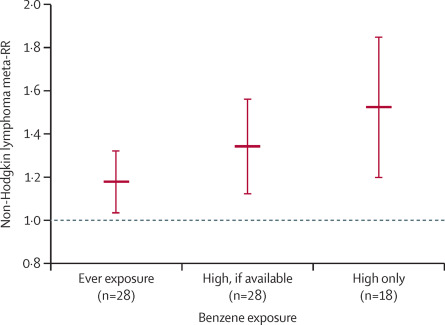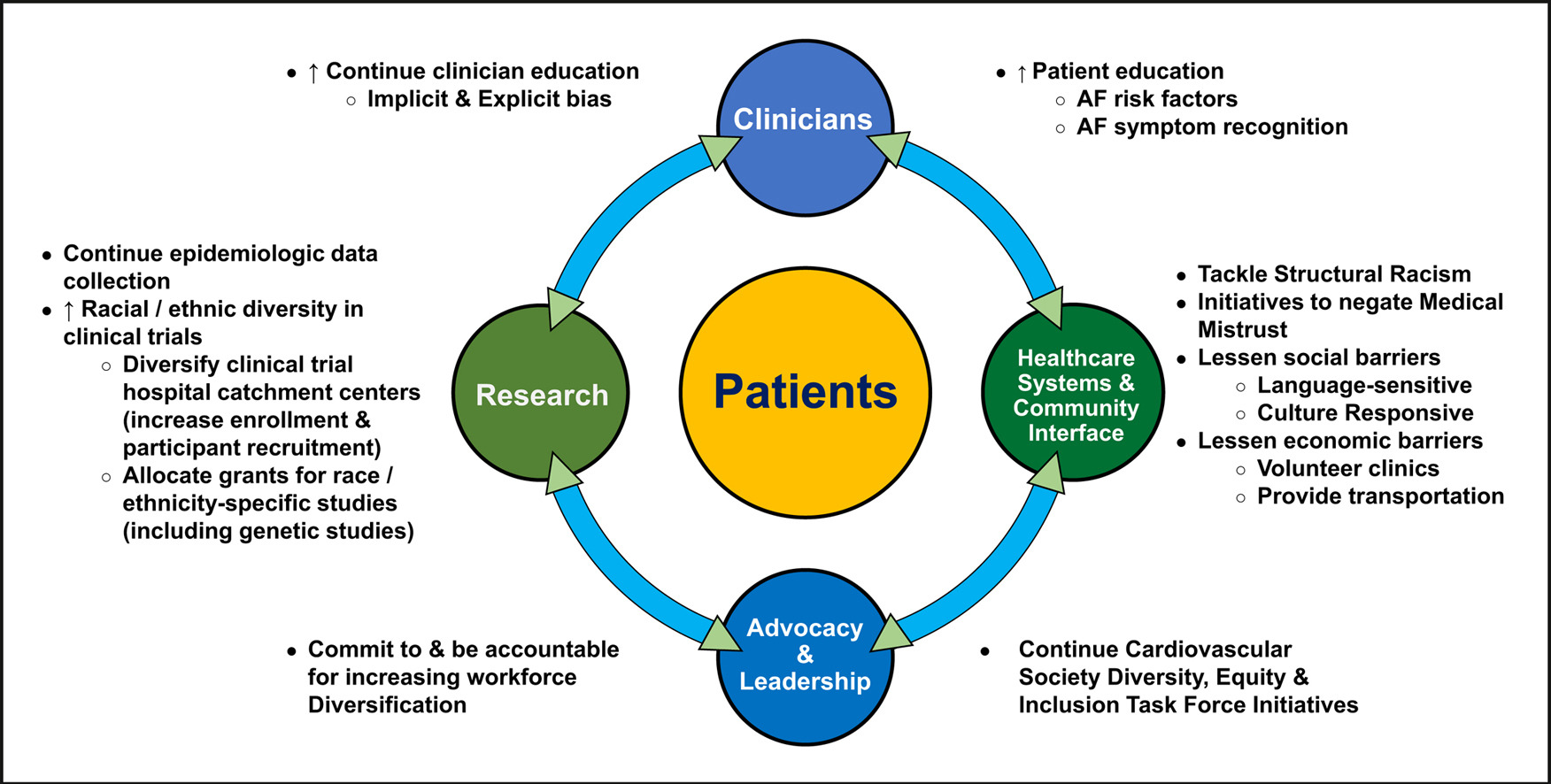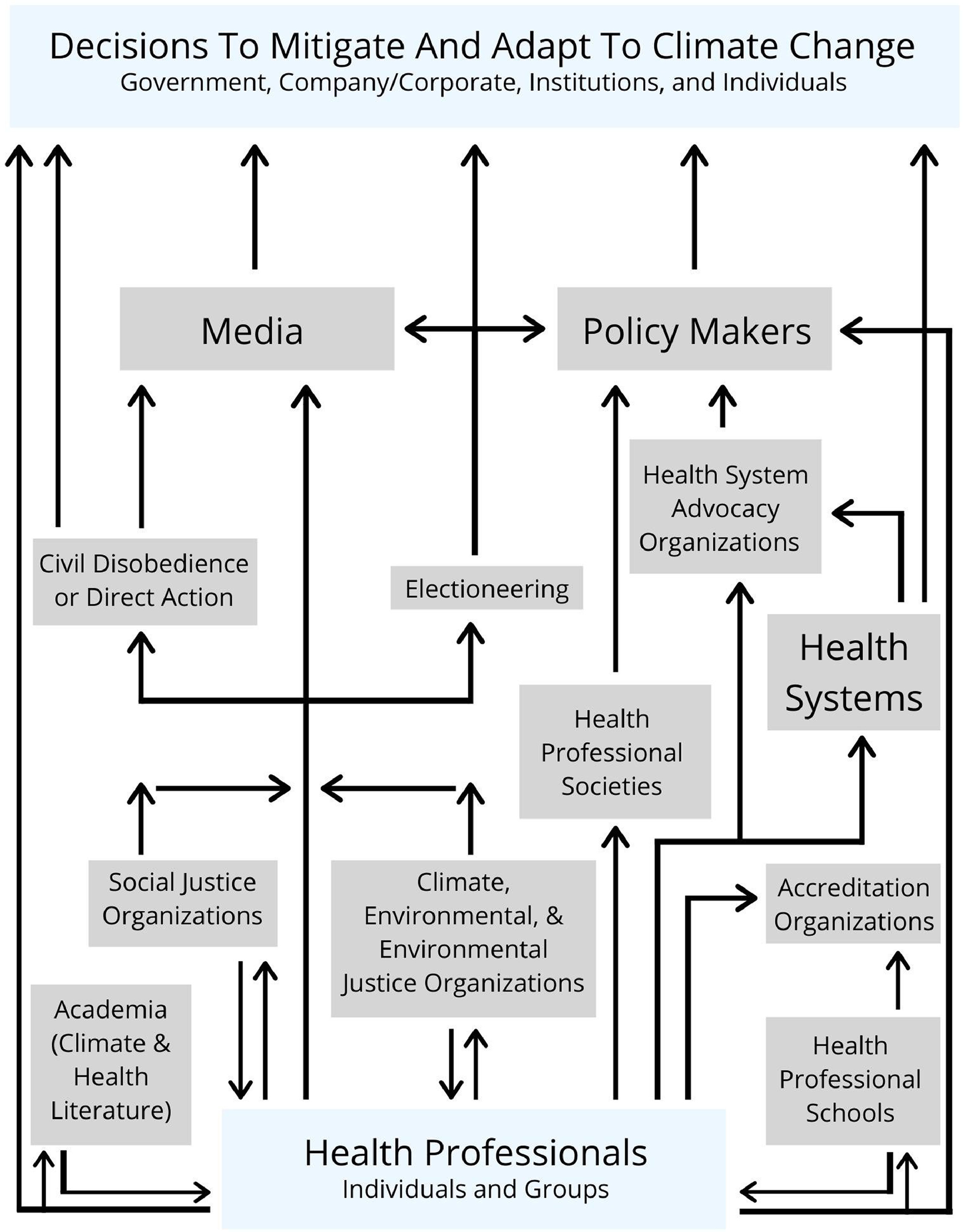Elsevier, The Lancet Planetary Health, Volume 5, September 2021
Background: Non-Hodgkin lymphoma comprises a heterogeneous group of cancers with unresolved aetiology, although risk factors include environmental exposures to toxic chemicals. Although the ubiquitous pollutant benzene is an established leukemogen, its potential to cause non-Hodgkin lymphoma has been widely debated. We aimed to examine the potential link between benzene exposure and risk of non-Hodgkin lymphoma in humans by evaluating a wide array of cohort and case-control studies using electronic systematic review.
Elsevier, The Lancet Planetary Health, Volume 5, September 2021
Background: The prevalence of landscape fires has increased, particularly in low-income and middle-income countries (LMICs). We aimed to assess the impact of exposure to landscape fire smoke (LFS) on the health of children. Methods: We conducted a sibling-matched case-control study and selected 552 155 children (aged
Elsevier,
CJC Open, Volume 3, December 2021
This article highlights the underrepresentation of racial and ethnic populations in atrial fibrillation clinical trials, especially trials focused on stroke prevention. Specific strategies are proposed for future research and initiatives that have potential to eliminate racial and ethnic differences in the care of patients with atrial fibrillation.
Elsevier,
The Lancet Regional Health - Americas, Volume 3, 2021, 100074
Correspondence on the factors behind low COVID-19 immunisation coverage among marginalised communities in Latin America and the Caribbean, in the context of SDGs 3 and 10, highlighting the need to consider the specific circumstances of Indigenous communities in the development of national COVID-19 immunisation campaigns.
Elsevier,
Energy and AI, Volume 5, September 2021
This article supports SDGs 7 and 9 by introducing interpretable artificial intelligence (AI) tools, especially proxy models based on artificial neural networks, efficient variable analysis and optimal value prediction of membrane electrode components in proton exchange membrane fuel cells, thereby improving their performance and reducing computational costs.



